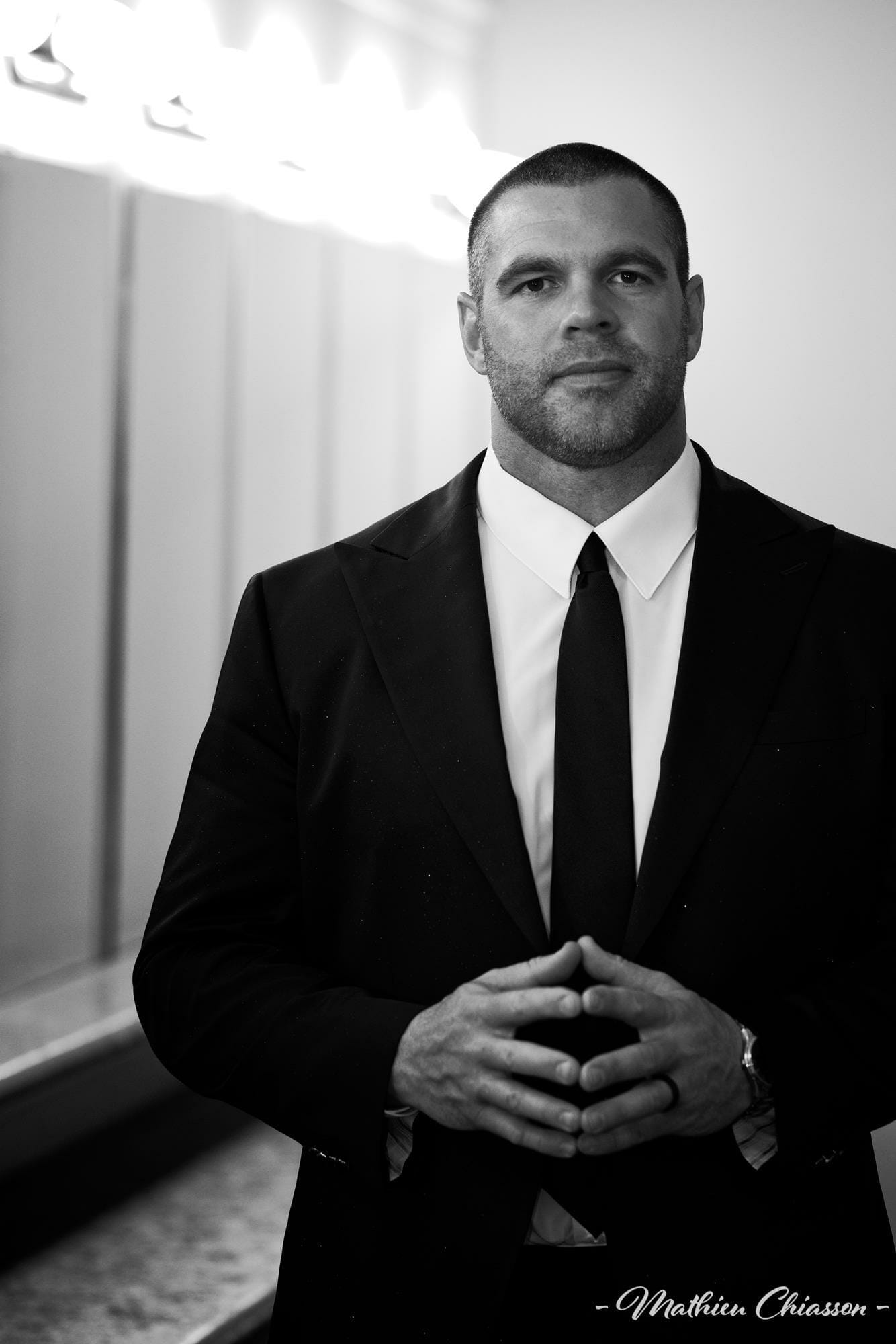Most hypnotists spend years mastering complex inductions, memorizing scripts, and perfecting the art of slowly guiding someone into trance. But what if the whole idea of inducing trance is unnecessary? What if trance isn’t something you create at all, but something that appears the moment you assume it’s already happening?
This is the essence of “doing hypnosis backwards,” a deceptively simple idea rooted in the brilliant work of psychologist Clark Hull, who in 1933 revealed that anything that assumes trance causes trance. This single principle revolutionizes the way hypnosis works. Instead of trying to build trance first and then demonstrate hypnotic effects, you can simply start with the effects, and trance follows automatically. When you understand that, hypnosis becomes faster, cleaner, and far more powerful than you ever thought possible.
The Origin of the "Hypnosis Backwards" Concept
Back in the early 20th century, psychologist Clark Hull studied hypnosis and suggestibility with scientific rigor. As Milton Erickson’s professor, Hull laid the foundation for what would later become modern hypnotic thought. His simple but profound statement—anything that assumes trance causes trance—was a game-changer.
Hull realized that trance doesn’t need to be built layer by layer through endless deepeners or monotonous relaxation. The very act of assuming trance and behaving as if hypnotic phenomena are already happening automatically brings trance into existence.
That discovery shifted hypnosis from a long, mechanical process into something fluid, responsive, and often instantaneous.
Doing Hypnosis Backwards
Traditional hypnosis followed a predictable structure. First, the hypnotist would relax the subject, deepen the state, and build layer upon layer of suggestion. Only after this lengthy process would the hypnotist attempt something hypnotic, like arm levitation, amnesia, or hallucination.
The backward approach flips the process. Instead of trying to cause trance, the hypnotist acts as if trance is already happening. By assuming a hypnotic phenomenon, such as a floating hand, a rigid arm, or a forgotten name, the hypnotist bypasses the conscious mind and triggers an unconscious response.
Trance isn’t induced—it’s invoked.
The result is faster, cleaner, and more natural than the traditional “relax and drift deeper” method. The mind follows attention and expectation. When those two ingredients are in place, trance appears automatically.
Catalepsy
One of the best demonstrations of this principle is catalepsy, the hypnotic phenomenon where a limb becomes stiff or begins to float.
The hypnotist asks, “May I borrow that hand?” That simple phrase instantly creates a mild dissociation because it separates the person from “that hand.” It’s not your hand anymore, it’s that hand. This subtle language shift invites the unconscious mind to participate.
Then comes a series of tiny, ambiguous touches. A little lift here, a small downward pressure there, combined with vague sensory language like, “Notice how that hand feels… perhaps lighter… or maybe just different somehow.”
In seconds, the hand begins to rise on its own. No suggestion of “your hand is lifting.” No command to float. The phenomenon simply happens. And the moment it does, trance is already present.
Catalepsy is a brilliant illustration of Hull’s principle in action. By assuming trance, you get trance. The hypnotic effect isn’t the result, it’s the gateway.
Why This Approach Works
The unconscious mind is profoundly responsive to focus and expectation. When the hypnotist directs attention to an experience as though it’s already happening, the subject’s mind complies.
Clark Hull’s insight shows that hypnosis is less about process and more about permission. When the hypnotist acts as if trance is already underway, the subject’s unconscious mind steps in to complete the pattern.

Learn Hypnosis Online
With the Mike Mandel Hypnosis Academy.
World Class Training—Hypnotize Anyone.
The Story That Proved the Point
During a stage hypnosis show in Barrie, Ontario, in the 1970s, Mike Mandel unintentionally started a small hypnotic revolution. On stage, with a packed audience, he began a routine that would leave one spectator temporarily unable to remember her name without ever doing a formal induction.
He simply spoke to the volunteer for a few moments, then casually asked, “Oh, by the way, what’s your name? You can’t remember, can you?”
And just like that, she couldn’t. Total name amnesia. The crowd loved it. The woman’s face was a mixture of confusion and amusement, and the audience roared with laughter as she tried to remember.
But not everyone was amused.
After the show, an older hypnotist in the audience stormed up to the stage. His face was red, and he announced with full dramatic flair, “Young man, what you are doing is WRONG!”
Mike, thinking he was being accused of moral misconduct, tried to apologize. But the man wasn’t talking about ethics, he was talking about technique. He declared, “It is IMPOSSIBLE to produce name amnesia without a somnambulistic trance!”
Mike just smiled and said, “Well, you just saw it happen.”
The man’s response was priceless: “That’s beside the point!”
He couldn’t accept what he’d witnessed because it didn’t fit his model of how hypnosis was supposed to work. Mike had unknowingly demonstrated Clark Hull’s principle right in front of him. The assumption of trance caused trance. The audience laughed, the volunteer recovered her name, and a few hypnotic rules were quietly rewritten that night.
The Bottom Line
Clark Hull’s principle—anything that assumes trance causes trance—is one of the most elegant truths in hypnosis. Catalepsy is just one example of how easily this works, but the same principle applies to every hypnotic phenomenon. When a hypnotist assumes trance, trance appears. When the subject believes it’s happening, their mind agrees.
To explore these methods in action and learn how to use them in your own practice, visit the Mike Mandel Hypnosis Academy.
Ready to Master Hypnosis?
If you're serious about truly mastering hypnosis, you've just found the right place.
At the Mike Mandel Hypnosis Academy, we don’t rely on scripts. You'll learn the core principles that make hypnosis truly work—so you can adapt, improvise, and create lasting change with real confidence.
Whether you’re brand new to hypnosis or already a seasoned practitioner, you’ll gain the tools and deep understanding you need to take your hypnotic skills to the next level.
As a member, you’ll also unlock 24/7 access to our exclusive online practice rooms—a place where hypnotists from around the world meet to practice, experiment, and grow together in a supportive, feedback-rich environment.
Click here to join the Mike Mandel Hypnosis Academy today—and experience the difference between reading scripts and becoming a true hypnotist. Just $1 to get started.


